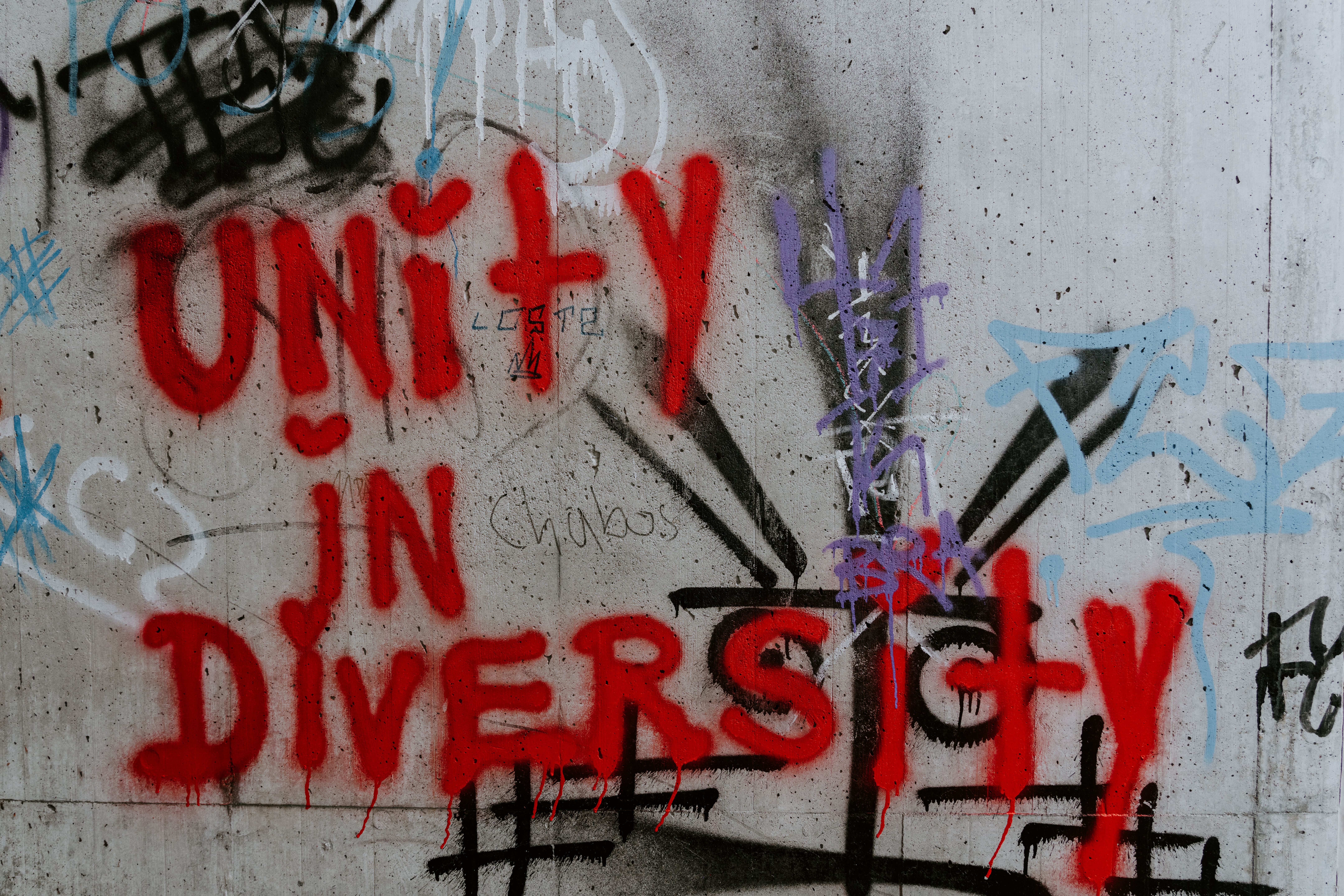In these days of unbridled cynicism and skepticism centered around bad-faith politics and social upheaval, it seems the power of hope is one of those old-fashioned ideas that appears to have, at least temporarily, outlived its usefulness.
OR…maybe we should put a stop-loss on that thought for a minute.
The credit union movement has had more than a century’s worth of experience weathering such times as COVID-19 and the financial crisis at the end of the 2000s. True to form, credit unions executed financial support measures to members in a myriad of ways including payment deferrals, emergency loans, fee refunds, waivers, community support, and financial counseling. According to a survey by Callahan & Associates in January 2021, almost 70 percent of responding credit unions reported ceasing or slowing of repossessions as a result of COVID. In addition, more than 25 percent of those credit unions said they declined to repossess if the member expressed financial hardship prior to the pandemic.
Fortunately, credit unions like the aptly-named Hope Credit Union, after every disaster, seem to come out bigger and stronger than they were before while further radiating the spirit of member and staff diversity, financial inclusion, and community development.
Offering Hope for New Orleans following Hurricane Katrina
More than a credit union, Hope is a hybrid of a church-based credit union and a nonprofit loan fund, with a policy research arm, all working together. “Our end (goal) is to reduce the extent to which things like race, geography, gender and things like that limit the ability to prosper, “ says Hope CEO and co-founder Bill Bynum. “Our means for accomplishing that are financial services.”
Branching out of Jackson, Mississippi, the credit union landed in the Central City neighborhood of New Orleans in 2004. It was the first formal financial institution in the neighborhood for decades.
Three quarters of a year later Hurricane Katrina, literally and figuratively, washed out the entire region.
Hope responded by promptly tripling its staff, and the credit union’s overall loan portfolio went from $2 million in that disastrous year of 2004 to $30 million by 2006. As if Katrina wasn’t enough, however, four years later the Great Recession hit the Mississippi Delta with a fury, and recovery took longer in the Delta than many other regions of the United States. With a focus on diversity, financial inclusion, and financial health in their credit unions and communities, Hope Credit Union responded yet again by expanding from seven branches prior to the Great Recession to 24. In total assets, Hope doubled in size, from $68 million in 2008 to $124 million by December 2009, while posting a positive net income every year since 2011.
Today, Hope Credit Union has more than 35,000 members, 70 percent of whom are Black, up and down the Delta — New Orleans, Memphis — while expanding into Alabama in 2020. But Hope’s hybrid banking model was not built by intentional design, but experience. Bynum and his fellow founders wanted to find a way to utilize finance to support communities battling structural barriers multiplied over generations of slavery, discrimination, Jim Crow, or redlining.
“My family benefitted from credit unions in the black community that were there to support people who did not have access to community banks in North Carolina,” says Bynum. “I saw back then what credit unions could do.”

Diversity and inclusion pays off for the credit union workforce
Just like Hope Credit Union, intelligent credit union leaders have long understood they need to echo the diversity of their membership in their management and their board. It naturally makes sense in an increasingly diverse and multicultural society, management and lawful bodies should reflect the population to which they dedicate their financial institution. Several studies have confirmed this philosophy to be true; companies that place above average in diversity have higher margins, greater returns from innovation, improved customer- and member-centric service and market awareness than less diverse peers. (Credit Union Times)
In fact, a Wall Street Journal article in 2019 reinforced such studies mentioned above; In their first diversity rankings of S&P 500 companies, WSJ researchers concluded the 20 most diverse companies had better operating results and higher compound average annualized return on investment than the lowest-scoring organizations. Even more, their shares outperformed those of the least-diverse firms. Furthermore, the WSJ reported that a fuller, more well-rounded staff helps companies or organizations create superior products while being more innovative, leading to better sales and profit growth.
A study in the Harvard Business Review reported similar findings for how earnings before interest and tax (EPIT) margins came in about 9 percent higher in companies with greater management diversity than those that were below average. Another finding reported that when at least one team member shares a client’s ethnic identity, the entire team is increasingly able to comprehend the client’s needs than in those teams where no member communicates that characteristic. Ultimately, there are other studies by economists, social scientists, and research agencies — like this McKinsey study on diversity and inclusion — that found socially diverse groups are more innovative than homogeneous groups.
So it correlates that diversity creates long-term member value for credit unions just as it does public companies. While managing a diverse workforce and adding different viewpoints into the decision-making routine may feel disruptive, however, to traditional processes of doing business, it can energize the fresh and original thinking necessary for efficiency, innovation, and new forms of improved member service. Evolution of the credit union movement overall suffers when team members all believe the same processes and fail to put in the time and effort to think through and change the “way things have always been done.”
How success in diversity and inclusion starts at the top
A January 2018 BCG study discussed how increasing the diversity of leadership teams leads to improved innovation and improved financial performance. Staff members with differing backgrounds and life experience view various challenges in different ways, thereby bringing multiple angles and information to the fore. Such diversity offers better chances for a successful outcome.
A credit union will fail to cultivate a diverse team without a sound, healthy, and inclusive work environment, and nurturing that kind of environment begins at the top. Smart leaders take every productive opportunity to find that competitive edge for their financial institution, and a diverse staff and inclusive culture offer just such an advantage.
Investment in diversity and inclusion leads to credit union success
The case for diversity and inclusion, financial or otherwise, is fundamental: diversity is a strong investment. Founded on the pledge of “people helping people,” it makes good business sense for credit unions to assign board members, managers, and staff to reflect the member communities they serve. Diversity leads to improved daily service, superior innovation, more well-rounded solutions and most of all, increased membership. Implementing these features and goals make credit unions stronger and more sustainable, ultimately leading to greater strength, and HOPE, for the entire credit union movement.
QCash’s role in strengthening the credit union movement lies in improving financial inclusion and economic health by providing mobile accessibility to life event loans when and where your members need them. With our SaaS-based and easy-to-implement small dollar lending platform, your members can get the funds they need in six clicks and 60 seconds, with the funds deposited immediately in their account.
For more info, go to http://qcashfinancial.com, and follow us on social media @QCashFinancial!






